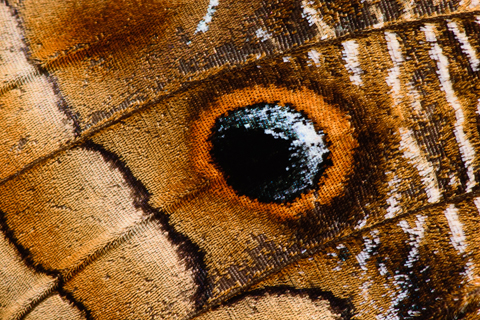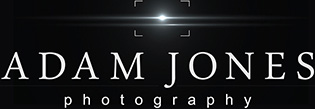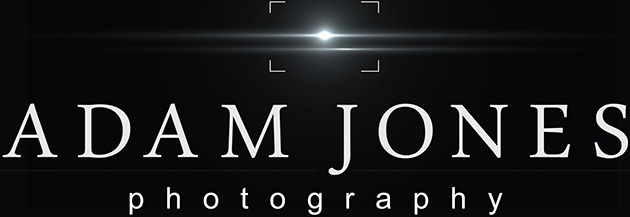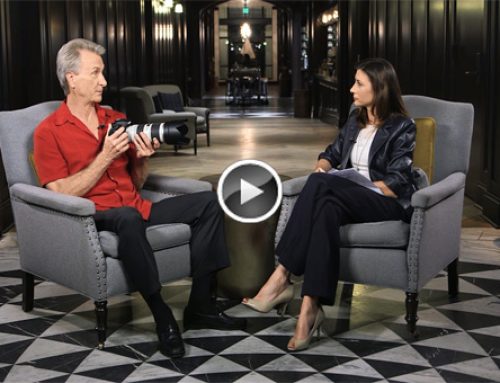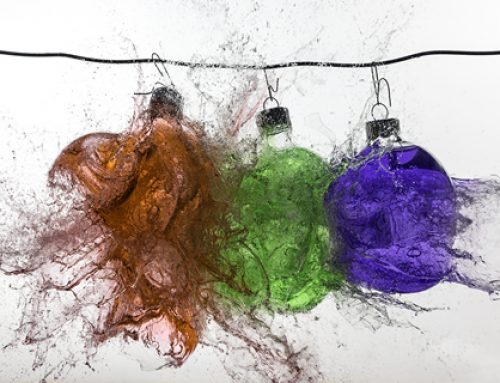Flash:
Full Flash
For candid photos where indoor light levels are low; flash can save the day. Most interior lighting is quite dim and exhibits a strong color cast. Simply set your camera to the required sync speed and flash quickly eliminates color casts and the quick pulse of light eliminates the need for a tripod, and freedom to react quickly for candid shots. Indoors, flash is capable of freezing movement, such as active children! By definition, full flash means the flash unit provides all the light on a subject. Select the maximum synch speed for your camera and appropriate lens aperture; and the flash automatically supplies the correct amount of light within a given distance range.
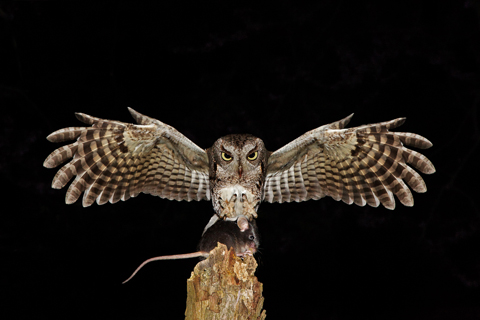
The most serious drawback to full flash from a small flash unit is that it’s not flattering and shadows are harsh. Some accessory flash units allow the flash to be aimed up or to the side for bouncing off walls and ceilings. This is a good option for reducing the harshness of direct flash illumination. When using bounce techniques, make sure the wall or ceiling is white to avoid picking up a color cast. Many flash accessories sold to soften the effects of flash have very limited usefulness for anything other than small subjects. They fail to make the light source large enough for a significant improvement.
Whether indoors or out, through-the-lens (TTL) flash metering automatically reads the flash reflected from the subject during the exposure, and turns the flash off when correct exposure is achieved. This system automatically compensates as the flash to subject distance changes. However, no TTL system can fix the exposure difference between widely spaced subjects. Changing the aperture does not bracket exposure in TTL mode. Within a given range, this automatic feature ensures the same amount of light reaches the subject regardless of aperture selected. When you need to lighten or darken the flash exposure, vary flash output via the flash compensation dial and not the lens aperture or shutter speed. Refer to your owner’s manual for precise directions. In practical application, Shutter speed has no effect on exposure with full flash. The shutter just needs to be fully open when the flash is triggered. The extremely short duration of the flash essentially becomes your shutter speed. This is why we can arbitrarily select the fastest flash sync on the camera, since it really is not part of the expose equation.
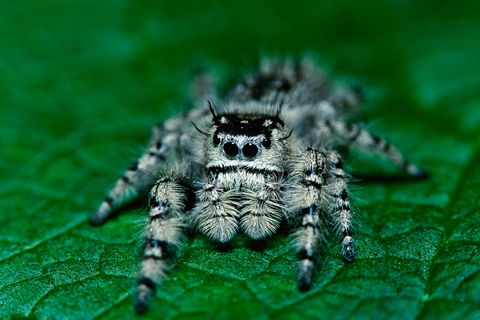 Most hobbyists readily compensate their natural light exposures for non-average subjects, but seem to forget the need to do the same with automatic flash when illuminating light and dark subjects. Most cameras read flash output the same as natural lighting, so very similar flash compensation is prudent for light and dark subjects. Dial in plus compensation for lighter than average subjects and dial in minus compensation for subjects darker than average. This assumes the subject is large enough in the frame for an accurate reading. If the subject is very small, the flash may read the reflectance of the background causing overexposure, therefore a minus compensation may be required in some situations. Keep an eye on your histogram and adjust the flash compensation as desired.
Most hobbyists readily compensate their natural light exposures for non-average subjects, but seem to forget the need to do the same with automatic flash when illuminating light and dark subjects. Most cameras read flash output the same as natural lighting, so very similar flash compensation is prudent for light and dark subjects. Dial in plus compensation for lighter than average subjects and dial in minus compensation for subjects darker than average. This assumes the subject is large enough in the frame for an accurate reading. If the subject is very small, the flash may read the reflectance of the background causing overexposure, therefore a minus compensation may be required in some situations. Keep an eye on your histogram and adjust the flash compensation as desired.
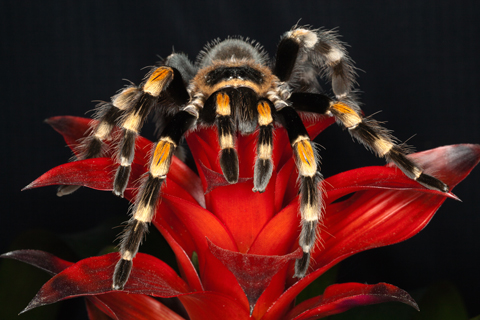 My primary use of full flash outdoors is to freeze the movement of small active creatures such as butterflies and insects. At close working distances of a few feet or less, and a small aperture, an accessory flash can easily overpower bright sunlight. With full flash as the only light source, natural light is of little concern, and a tripod isn’t needed. The extremely short duration of the flash easily stops moving subjects and eliminates camera shake. It doesn’t get much easier, simply turn on the flash, set the synch speed, pick an appropriate aperture, and your ready to go about shooting handheld.
My primary use of full flash outdoors is to freeze the movement of small active creatures such as butterflies and insects. At close working distances of a few feet or less, and a small aperture, an accessory flash can easily overpower bright sunlight. With full flash as the only light source, natural light is of little concern, and a tripod isn’t needed. The extremely short duration of the flash easily stops moving subjects and eliminates camera shake. It doesn’t get much easier, simply turn on the flash, set the synch speed, pick an appropriate aperture, and your ready to go about shooting handheld.
